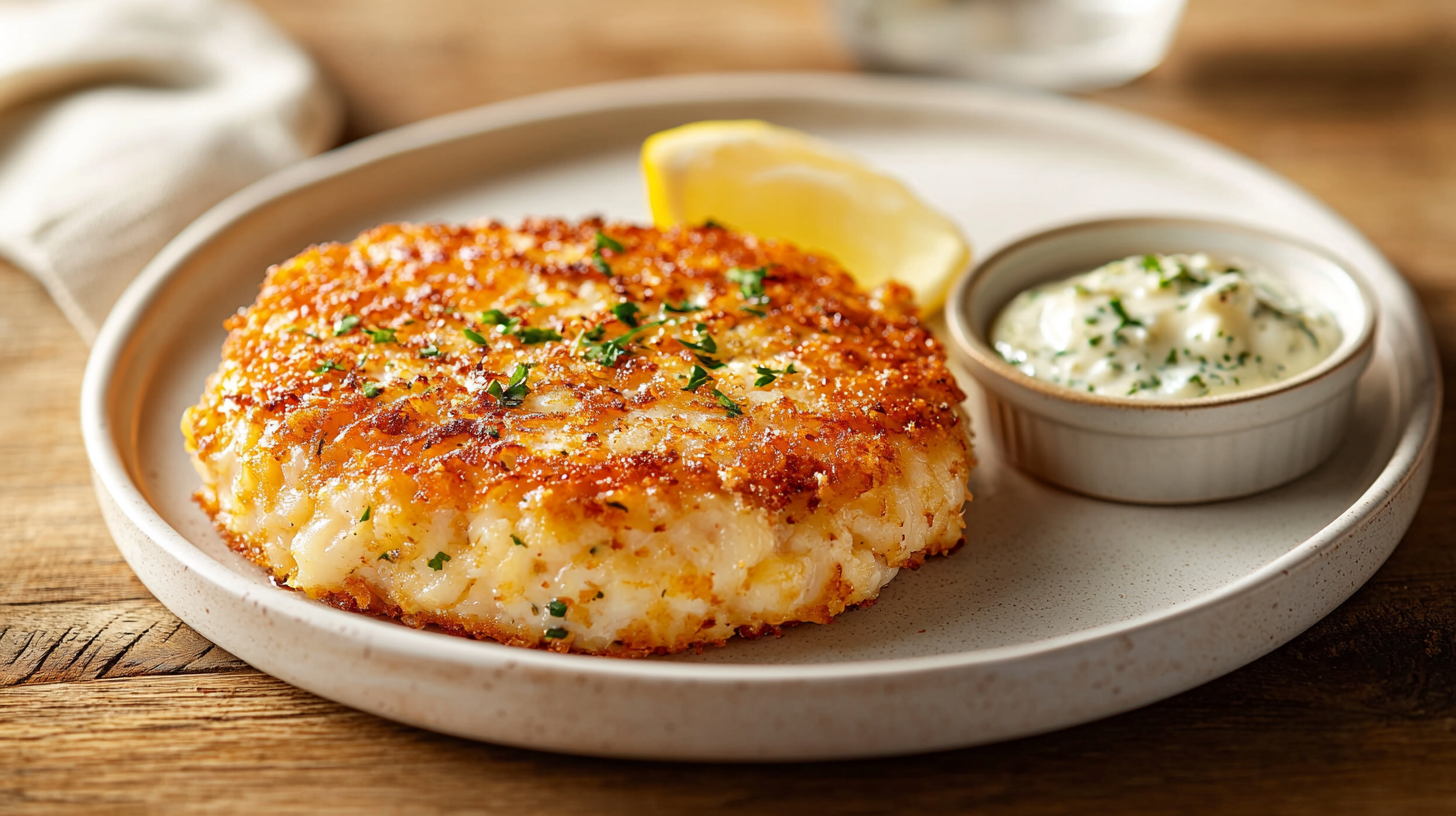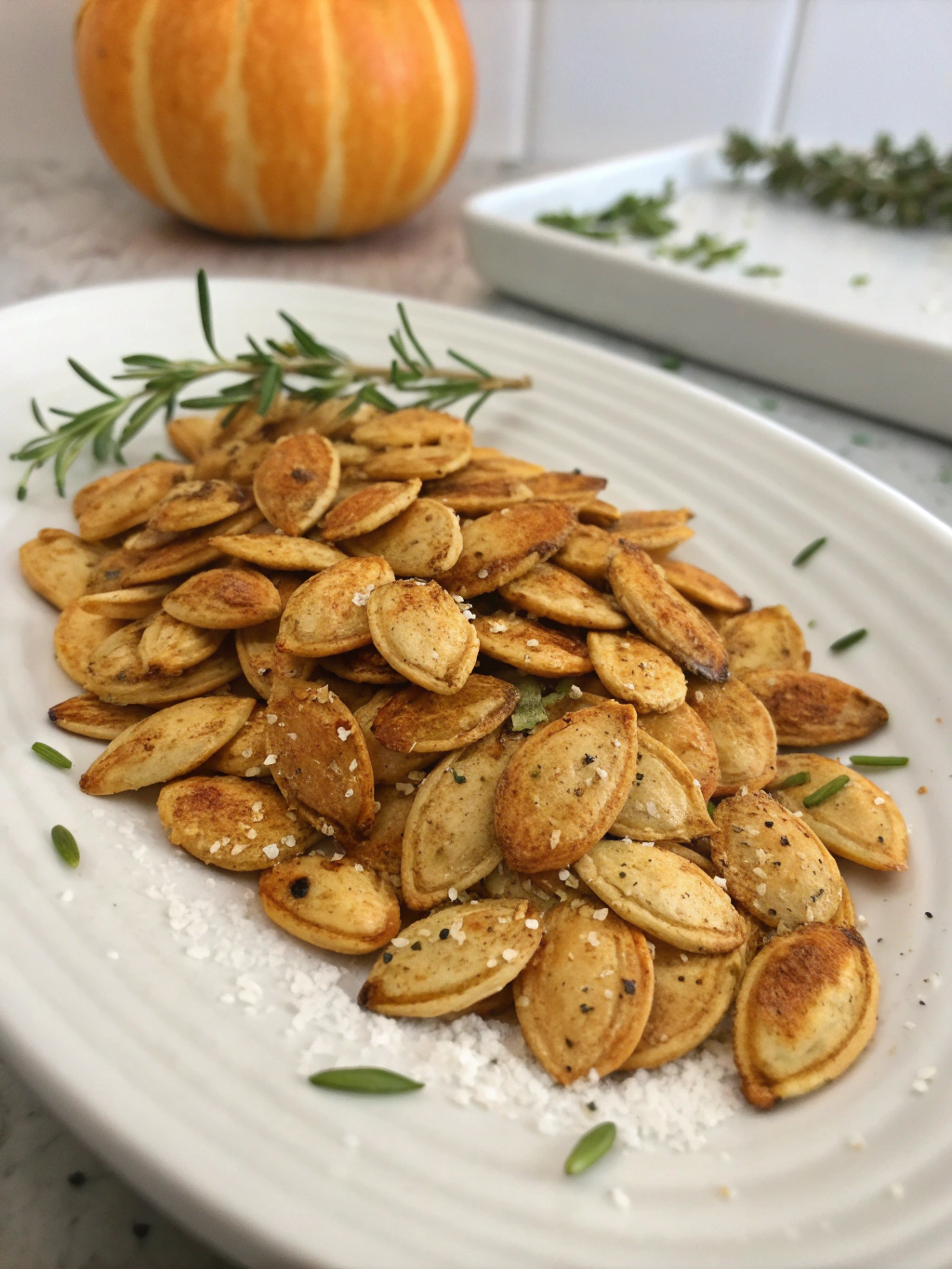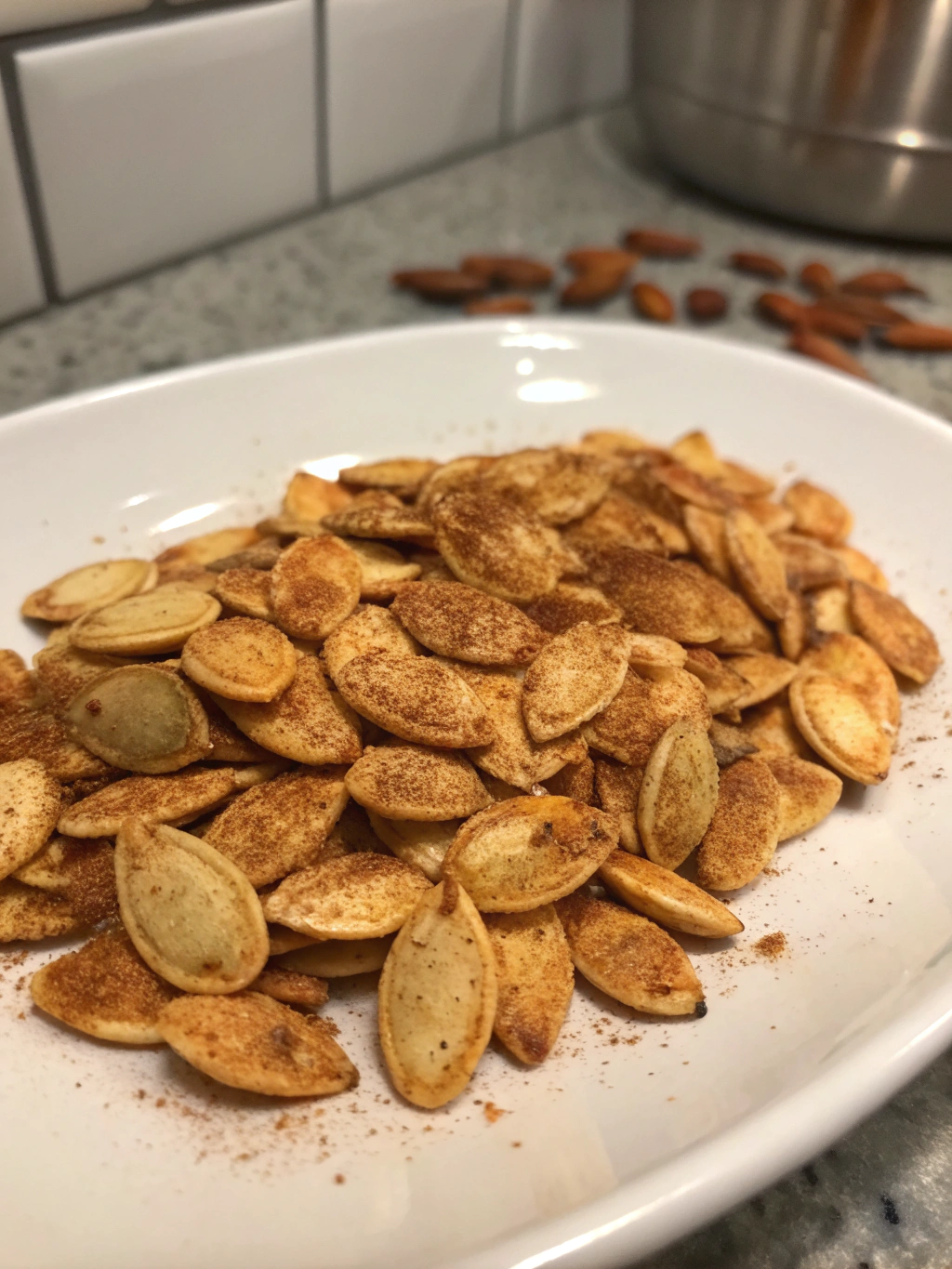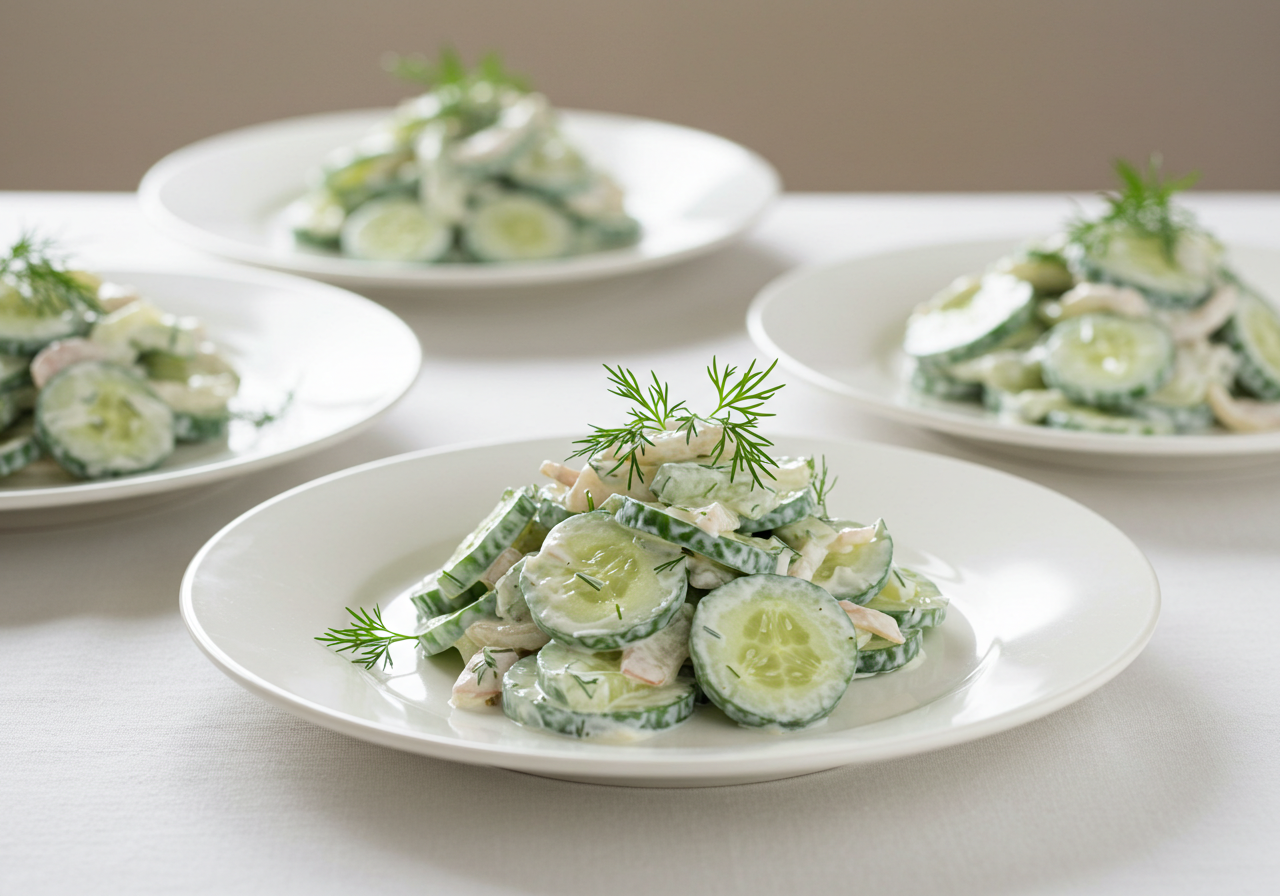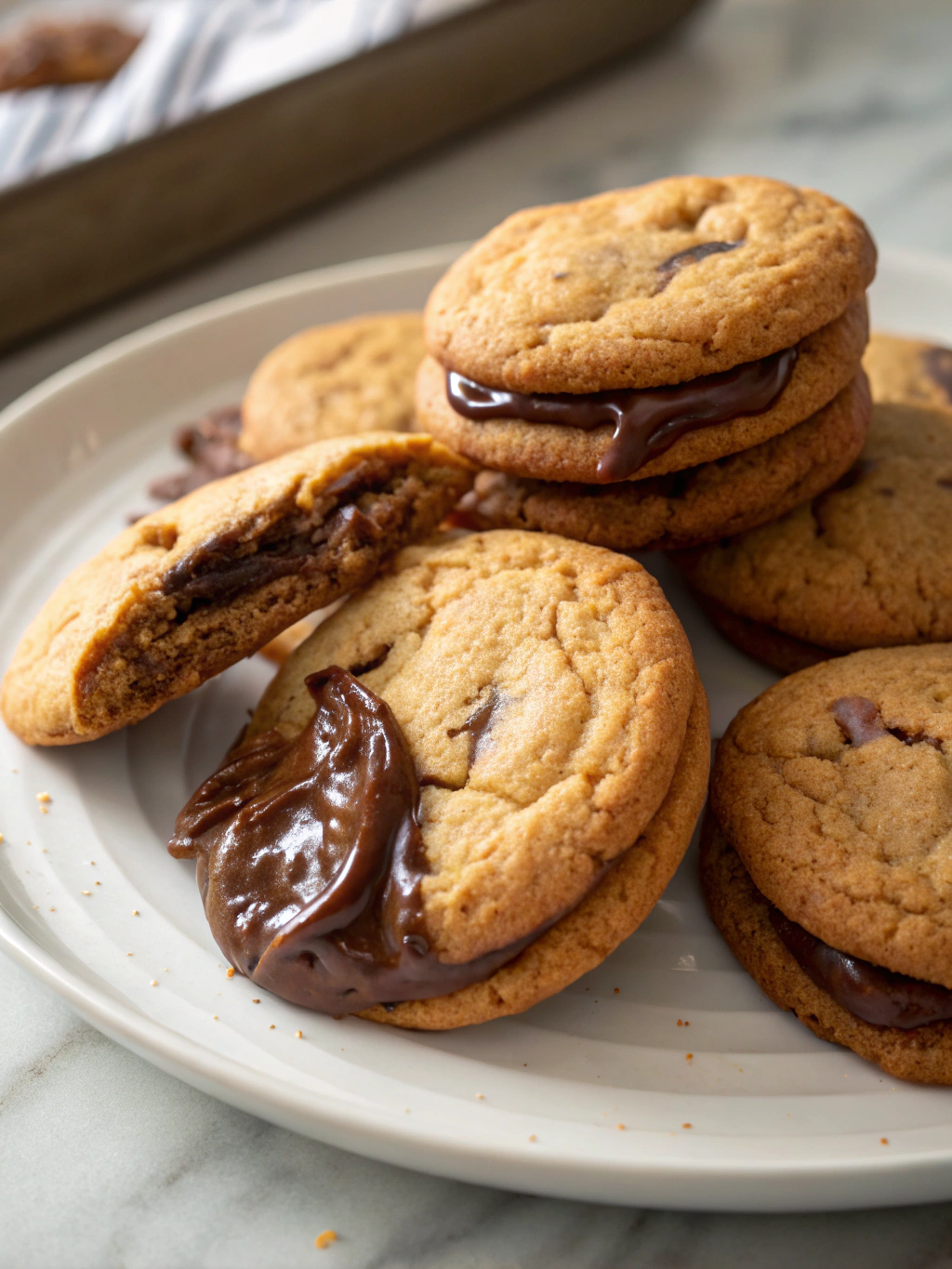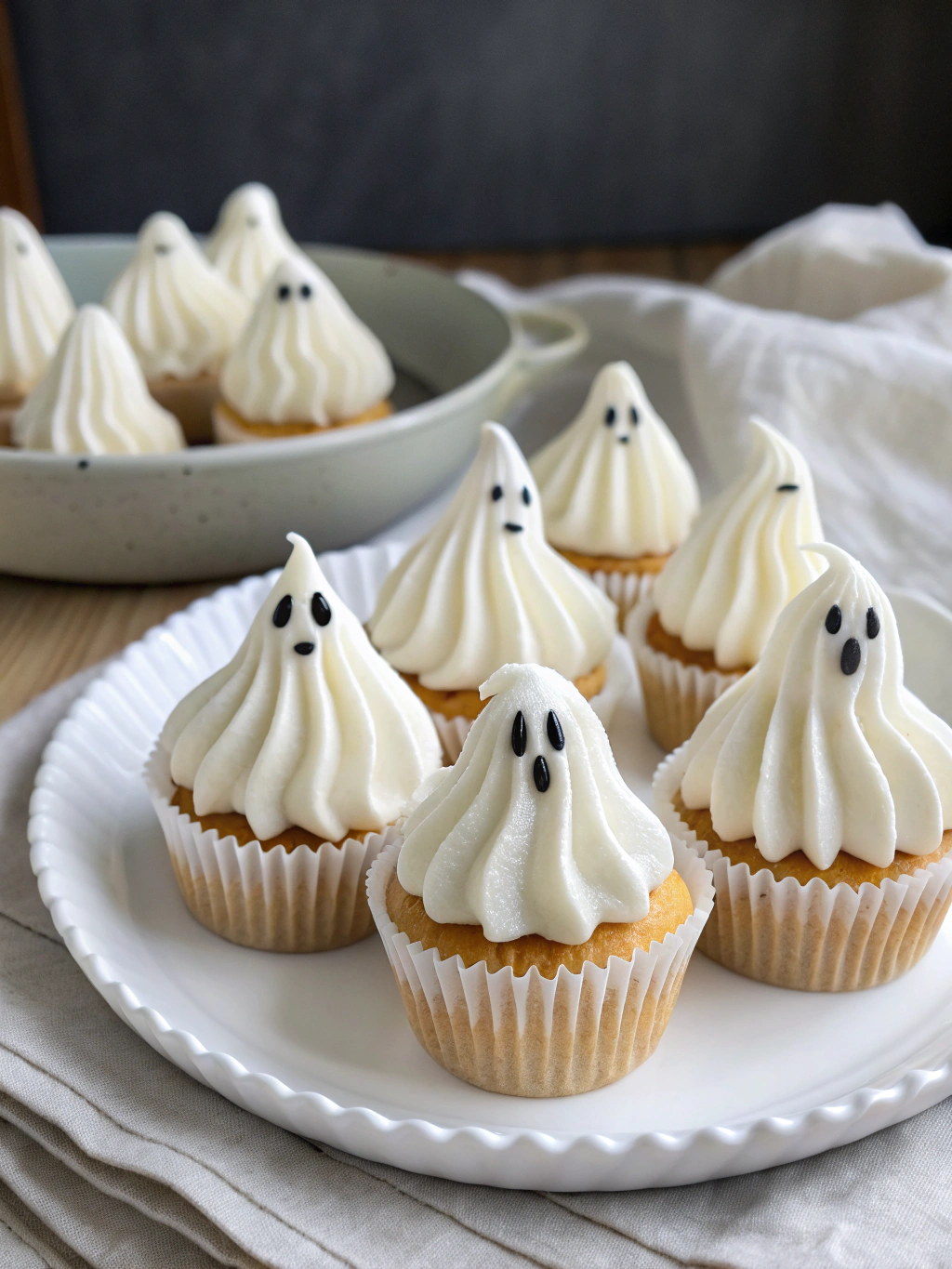Maryland-style crab cakes are a beloved seafood delicacy known for their rich, sweet crab flavor and minimal filler. Unlike other crab cakes that may contain heavy breading or excessive seasoning, Maryland crab cakes emphasize lump crab meat, allowing its natural taste to shine. Typically, they are pan-fried or broiled to a golden brown, creating a crispy exterior with a tender, juicy interior.
What Makes Them Unique?
The hallmark of Maryland-style crab cakes is their reliance on blue crab, particularly Chesapeake Bay blue crab, which is prized for its delicate sweetness. Traditional recipes use just enough binder—such as mayonnaise, egg, and a small amount of breadcrumbs—to hold the crab meat together without overpowering it. The seasoning is also distinct, often featuring Old Bay, a classic Maryland spice blend that enhances the crab’s natural flavor without overwhelming it.
Brief History of Maryland Crab Cakes
Crab cakes have deep roots in Maryland’s Chesapeake Bay region, where blue crabs have been harvested for centuries. Native American leagues and early European settlers made crab-based dishes, but the modern crab cake as we know it began gaining popularity in the early 20th century. By the 1930s, recipes resembling today’s Maryland-style crab cakes appeared in cookbooks, often labeled as “deviled crab.” Over time, the dish became a staple of Maryland cuisine, served in seafood shacks, fine dining establishments, and home kitchens alike. Today, Maryland-style crab cakes are synonymous with East Coast seafood excellence and continue to be a favorite among locals and visitors.
The History of Maryland Crab Cakes
Origins and Evolution of the Dish
The origins of Maryland crab cakes can be traced back to the early days of American history, with influences from Native American, African, and European culinary traditions. Native American leagues living along the Chesapeake Bay were among the first to incorporate crab into their diet, often roasting or drying the meat for preservation. Early European settlers adopted these techniques and began developing recipes that included breadcrumbs and seasonings to enhance the crab’s flavor.
By the 19th and early 20th centuries, crab cakes began appearing in regional cookbooks and restaurant menus under various names, including “deviled crab” or “crab croquettes.” A notable turning point came in the 1930s, when a recipe for “crab cakes” appeared in the famous cookbook New York World’s Fair Cookbook (1939). This helped popularize the dish beyond Maryland, solidifying its reputation as a classic American seafood delicacy.
Influence of Chesapeake Bay on Maryland Seafood Cuisine
The Chesapeake Bay, the largest estuary in the United States, has long been a vital source of seafood for Maryland’s coastal communities. The bay’s unique ecosystem, with its mixture of freshwater and saltwater, creates the perfect habitat for blue crabs (Callinectes sapidus), the key ingredient in authentic Maryland-style crab cakes.
For centuries, Maryland’s economy and cuisine have been closely tied to the crabbing industry, with generations of watermen harvesting blue crabs from the bay. This abundance of fresh crab led to the development of a distinctive seafood culture, where simple preparations allowed the natural sweetness of the crab meat to shine. Over time, Old Bay seasoning, a Maryland staple created in 1939, became a signature addition to crab cakes, further cementing their identity in regional cuisine.
Today, Maryland crab cakes remain a symbol of Chesapeake Bay heritage, celebrated at seafood festivals, featured in fine dining establishments, and enjoyed as a beloved homemade dish passed down through generations.
Key Ingredients of Authentic Maryland Crab Cakes
Maryland-style crab cakes are known for their simple yet flavorful ingredients, which allow the sweet taste of blue crab meat to shine. Unlike other variations that rely heavily on fillers, true Maryland crab cakes use just enough binder and seasoning to hold the cake together without overshadowing the natural briny-sweet flavor of the crab.
Importance of Jumbo Lump Crab Meat
Why Jumbo Lump Crab Meat is Essential
The foundation of an authentic Maryland crab cake is jumbo lump crab meat, which comes from the large muscles of the blue crab. This premium grade of crab meat consists of large, intact pieces that provide a firm yet delicate texture.
Difference Between Lump and Other Crab Meat
- Jumbo Lump – Large, whole pieces of white meat; ideal for high-quality crab cakes.
- Lump – Smaller than jumbo lump but still solid chunks; can be used as a secondary option.
- Backfin – A mix of lump and flaked white meat; good for soups or mixed crab cakes.
- Claw Meat – Darker, more flavorful meat from the crab’s legs; best for stews or spicy dishes.
Texture and Flavor Benefits
Using jumbo lump ensures that the crab cake has a light, flaky texture, rather than a mushy consistency. Its naturally sweet and rich flavor means less seasoning is needed, keeping the dish true to its Chesapeake Bay roots.
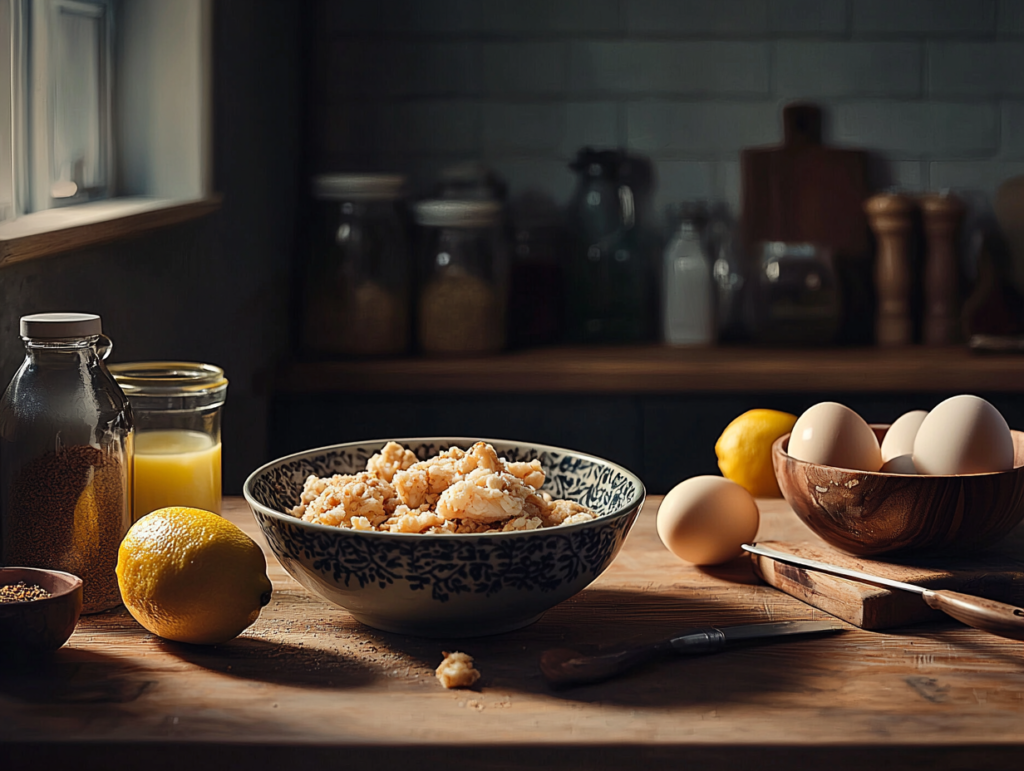
Essential Seasonings (Old Bay, Mustard, etc.)
The Role of Old Bay Seasoning in Maryland Crab Cakes
History and Significance of Old Bay
Old Bay seasoning was created in 1939 by Gustav Brunn, a German immigrant who settled in Baltimore. His unique blend of spices quickly became a staple in Maryland seafood dishes, particularly for blue crab preparations.
How It Enhances the Crab Cake Flavor
Old Bay’s mix of celery salt, paprika, black pepper, red pepper, and other spices adds a subtle warmth and depth to crab cakes without overpowering the delicate crab meat. Its balance of salty, savory, and slightly spicy notes perfectly complements the natural sweetness of blue crab, making it an indispensable ingredient in Maryland cuisine.
Binders and Fillers (Eggs, Mayo, Breadcrumbs)
To maintain the integrity of the crab cake, binders and fillers must be used sparingly. A properly made Maryland crab cake should hold together but still showcase the lump crab meat.
- Eggs – Act as the main binding agent, helping the crab cake hold its shape.
- Mayonnaise – Adds moisture and creaminess without making the mixture too dense.
- Dijon Mustard or Worcestershire Sauce – Provides a tangy, slightly umami kick.
- Breadcrumbs (Minimal Use) – Just enough to help with structure but not so much that it overpowers the crab flavor. Many Marylanders prefer crushed saltine crackers as a traditional alternative.
By keeping the recipe light on fillers and rich in premium crab meat, authentic Maryland crab cakes deliver a perfect balance of texture, flavor, and Chesapeake Bay tradition.
Tips for the Best Maryland Crab Cakes
To achieve the perfect Maryland-style crab cake, it’s important to focus on technique and ingredient selection. Here are some key tips to ensure your crab cakes turn out flavorful, moist, and packed with delicious jumbo lump crab meat.
Avoiding Over-Mixing the Crab Meat
One of the biggest mistakes when making crab cakes is over-mixing the ingredients. Stirring too much will break apart the jumbo lump pieces, resulting in a dense, less-textured cake. Instead:
- Gently fold the ingredients together using a spatula or your hands.
- Mix just enough to evenly distribute the binders and seasonings while keeping the lumps intact.
- Let the mixture rest in the refrigerator for 30 minutes before forming the cakes—this helps them hold their shape during cooking.
Choosing the Right Type of Breadcrumbs
Breadcrumbs serve as a light binding agent, but using the wrong type can alter the texture of the crab cake. The best options are:
- Saltine crackers (crushed) – A traditional choice that adds a subtle saltiness without making the cakes too heavy.
- Panko breadcrumbs – Light and airy, helping maintain a delicate texture.
- Avoid fine, dry breadcrumbs – These absorb too much moisture and can make the crab cakes dense and dry.
Cooking Temperature and Time Recommendations
Cooking method plays a crucial role in the final texture and flavor of the crab cakes. Whether broiling or pan-frying, it’s important to get a crispy, golden-brown crust while keeping the inside moist.
- Pan-Frying: Heat a thin layer of oil in a skillet over medium heat. Cook for 3-5 minutes per side until golden brown and crispy.
- Broiling: Place crab cakes on a lined baking sheet and broil for 10-12 minutes on high, flipping once halfway through. This method results in a crispy top while keeping the inside juicy.
- Baking: Bake at 375°F (190°C) for 15-18 minutes, flipping halfway for even browning. While convenient, this method doesn’t produce as much crispiness as pan-frying or broiling.
For extra flavor, consider brushing the tops with melted butter before broiling to enhance the golden crust.
Best Sides and Sauces for Maryland Crab Cakes
A well-prepared Maryland crab cake deserves the perfect accompaniments. Whether sticking to traditional sides or trying modern pairings, the right side dishes and sauces can elevate the dish.
Classic Side Dishes
Maryland crab cakes are often served with simple, comforting sides that complement the delicate crab flavor. Some classic pairings include:
- Coleslaw – A creamy, tangy contrast to the richness of crab cakes.
- French Fries – A crispy, salty side that adds texture to the meal.
- Corn on the Cob – Sweet, buttery corn enhances the natural sweetness of the crab.
- Hush Puppies – Deep-fried cornmeal fritters that add a delicious crunch.
- Steamed Asparagus or Green Beans – A lighter, fresher side for a balanced plate.
Best Sauces to Pair with Crab Cakes
While a well-made Maryland crab cake is flavorful on its own, the right sauce can enhance its taste without overpowering it.
- Tartar Sauce – A classic creamy sauce with pickles and lemon, adding a cool, tangy contrast.
- Remoulade – A spicier, Cajun-inspired sauce with mustard, capers, and paprika, bringing bold flavors.
- Cocktail Sauce – A tomato-based sauce with horseradish for a zesty kick.
- Lemon Butter Sauce – A simple drizzle of melted butter with lemon juice enhances the crab’s natural sweetness.
- Dijon Aioli – A garlic and mustard-infused sauce for a gourmet touch.
For an authentic Maryland experience, serve crab cakes with a wedge of lemon and a sprinkle of Old Bay—simple, but packed with flavor!
Where to Find the Best Maryland Crab Cakes
Maryland is home to some of the most famous crab cake spots, where fresh blue crab, minimal fillers, and traditional Chesapeake Bay flavors come together to create the perfect bite.
Iconic Maryland Restaurants for Crab Cakes
If you’re looking for authentic, high-quality Maryland crab cakes, these restaurants are must-visit spots:
- Faidley’s Seafood (Baltimore, MD)
- Located in the historic Lexington Market, Faidley’s is legendary for its jumbo lump crab cakes. Their recipe has been perfected since 1886, offering a true taste of Maryland.
- G&M Restaurant (Linthicum Heights, MD)
- Known for their huge, broiled crab cakes, G&M’s version is moist, flavorful, and packed with jumbo lump crab meat.
- Jimmy’s Famous Seafood (Baltimore, MD)
- A Baltimore staple, Jimmy’s offers award-winning crab cakes that have been featured on national food shows.
- Thames Street Oyster House (Baltimore, MD)
- Located in Fell’s Point, this upscale seafood spot serves a classic Maryland-style crab cake that pairs perfectly with waterfront views.
- Captain’s Galley (Crisfield, MD)
- Nestled in the heart of Maryland’s crab capital, this restaurant offers a truly authentic Eastern Shore experience.
- Nick’s Fish House (Baltimore, MD)
- A relaxed waterfront spot known for fresh, hand-crafted crab cakes and scenic Chesapeake Bay views.
- Box Hill Pizzeria (Abingdon, MD)
- Don’t let the name fool you! This local favorite is famous for its broiled Maryland crab cakes, which are even available for shipping nationwide.
- Costas Inn (Baltimore, MD)
- A family-run seafood restaurant offering some of the best steamed crabs and crab cakes in Maryland.
How to Spot Authentic Maryland Crab Cakes
Not all crab cakes are created equal! Here’s what to look for when ordering an authentic Maryland-style crab cake:
Jumbo Lump Crab Meat – The best crab cakes feature large, whole pieces of crab rather than shredded meat. Avoid cakes that look overly uniform or finely ground.
Minimal Fillers – A true Maryland crab cake uses just enough binder (mayo, egg, and breadcrumbs) to hold it together. It should never taste bready or heavy.
Broiled, Not Deep-Fried – While some enjoy fried crab cakes, broiling is the traditional Maryland method. It creates a crispy golden crust without overpowering the delicate crab flavor.
Old Bay Seasoning – Authentic Maryland crab cakes often include a touch of Old Bay, but not so much that it overwhelms the natural sweetness of the crab.
Fresh Blue Crab – The best crab cakes use fresh, local Chesapeake Bay blue crab, which has a naturally sweet, briny flavor. Imported crab meat doesn’t offer the same taste.
By keeping these tips in mind, you can ensure you’re enjoying a true Maryland crab cake experience!
Health Benefits of Eating Crab Cakes
Maryland crab cakes aren’t just delicious—they also offer several health benefits, thanks to the high nutritional value of crab meat. When prepared with minimal fillers and healthy cooking methods like broiling, they can be a nutritious addition to your diet.

Nutritional Value of Crab Meat
Crab meat is packed with essential nutrients that contribute to overall health. Some of its key benefits include:
High in Protein – Crab meat is a lean protein source, helping with muscle growth, tissue repair, and overall energy levels. A 3-ounce serving contains around 15-20 grams of protein.
Rich in Omega-3 Fatty Acids – These healthy fats support heart health, reduce inflammation, and boost brain function. Omega-3s also promote good cholesterol levels.
Low in Calories and Fat – A serving of crab meat contains under 100 calories and very little fat, making it a great choice for a balanced diet.
Packed with Vitamins and Minerals – Crab is an excellent source of:
- Vitamin B12 (supports nerve function and red blood cell production)
- Zinc (boosts the immune system and aids wound healing)
- Selenium (an antioxidant that helps prevent cell damage)
Naturally Low in Carbohydrates – Crab cakes can be a great option for low-carb diets, especially when made with minimal breadcrumbs.
Tip: To keep your crab cakes as healthy as possible, opt for broiling instead of frying and use whole grain or minimal fillers. Pairing them with fresh vegetables or a light salad also makes for a nutritious meal.
Conclusion
Maryland crab cakes stand out as one of the most iconic and delicious seafood dishes in American cuisine. Their unique blend of sweet, delicate jumbo lump crab meat, light seasoning, and minimal fillers makes them a true representation of Chesapeake Bay tradition.
Why Maryland Crab Cakes Are Special
- Made with fresh blue crab from the Chesapeake Bay
- Feature large pieces of jumbo lump crab meat for the best texture and flavor
- Lightly seasoned with Old Bay to enhance the natural sweetness
- Traditionally broiled, not fried, for a perfect golden crust
- A nutritious seafood option packed with protein and essential nutrients
Try Making Them at Home!
If you haven’t had the chance to try an authentic Maryland crab cake, why not make them yourself? With just a few high-quality ingredients, you can create restaurant-worthy crab cakes right in your own kitchen.
- Use fresh jumbo lump crab meat
- Keep fillers to a minimum
- Season lightly—let the crab shine!
- Broil for the best texture
For those who love Maryland-style seafood, you might also enjoy exploring other coastal flavors. If you’re a fan of seafood beyond crab cakes, be sure to check out this rockfish recipe, a classic dish that showcases the fresh, delicate flavors of the Chesapeake Bay. Looking for the perfect comfort food side? Pair your crab cakes with a creamy white cheddar mac and cheese for a rich and satisfying meal. And if you’re in the mood for a hearty sandwich, a cheesesteak hoagie might just hit the spot. These recipes celebrate bold flavors and simple ingredients, just like an authentic Maryland crab cake!
FAQs
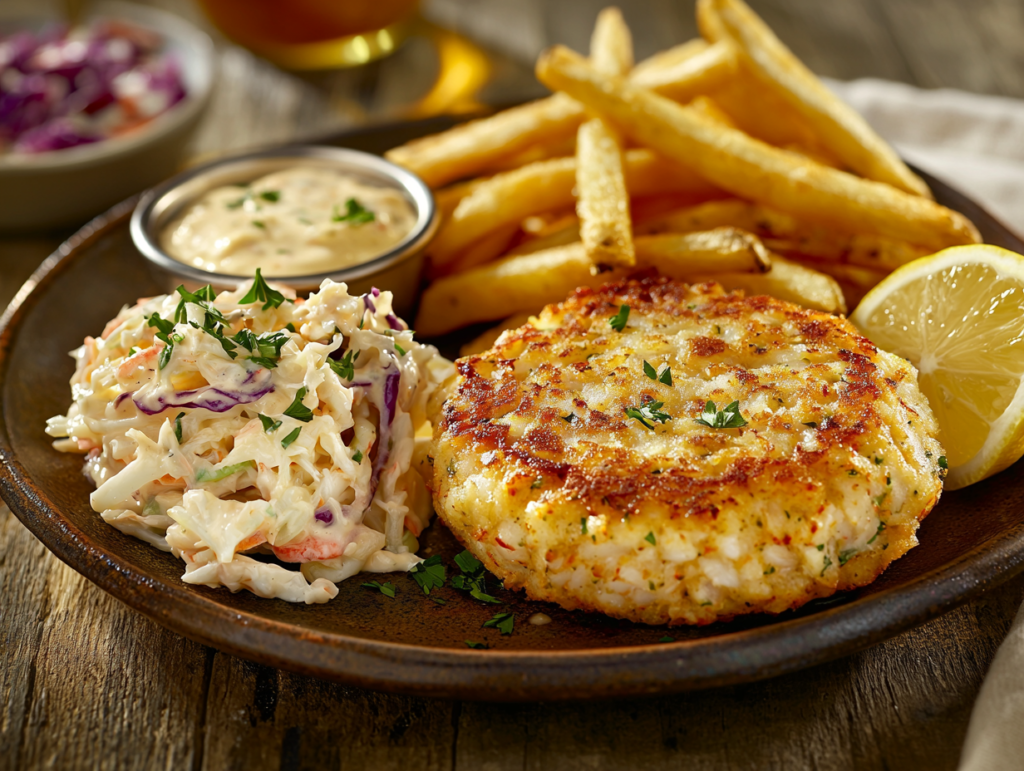
What makes Maryland crab cakes different from other styles?
Maryland crab cakes stand out because they focus on jumbo lump blue crab meat with minimal fillers. Unlike other styles that may use more breadcrumbs, heavy seasoning, or alternative crab varieties, Maryland-style crab cakes let the sweet, delicate flavor of fresh blue crab shine. They are also traditionally broiled, creating a golden crust without deep-frying.
Can I make Maryland-style crab cakes with canned crab meat?
While fresh Chesapeake Bay blue crab meat is ideal, you can use high-quality canned lump crab meat as an alternative. Look for pasteurized lump or jumbo lump crab meat in the refrigerated section of a grocery store, as it retains more flavor and texture than shelf-stable canned varieties. Drain and pat dry the meat before using it to prevent excess moisture from making the crab cakes too soft.
What’s the best way to keep crab cakes from falling apart?
The key to well-formed crab cakes is using the right amount of binders (egg and mayo) and chilling the mixture before cooking. Here are some tips:
Use just enough binder – Too much mayo or breadcrumbs can make the mixture too wet or too dry.
Refrigerate for at least 30 minutes – This helps the ingredients hold together when cooking.
Handle gently – When forming the patties, don’t press too hard, or you’ll break up the lump crab meat.
Use a spatula when flipping – If pan-frying, be gentle when turning the cakes to avoid breaking them apart.
Is it better to fry or bake Maryland crab cakes?
The traditional Maryland method is broiling, which creates a crispy, golden-brown top while keeping the inside moist.
- Broiling (Recommended) – Gives the best texture and flavor with minimal oil.
- Pan-Frying – Creates a crunchy crust but requires more oil.
- Baking – A healthier option but may not provide the same crispiness.
For the best balance of flavor, texture, and authenticity, broiling is the top choice.
Can I use imitation crab for Maryland crab cakes?
No—imitation crab is not recommended for authentic Maryland crab cakes. Imitation crab is made from processed white fish (like pollock) with added flavoring and fillers, which lacks the sweet, delicate texture of real blue crab meat. If fresh blue crab isn’t available, high-quality lump or jumbo lump canned crab meat is a much better alternative.
For a true Maryland crab cake experience, always use real crab meat!

